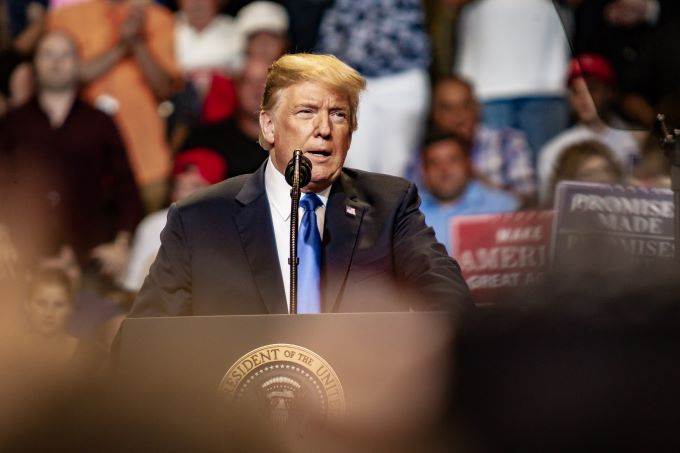 It will surprise no casual watcher of American politics that the Congress has voted to impeach President Trump, only the third such decision in US history. Mr Trump will now be forever linked with the names of Andrew Johnson and Bill Clinton as the third US President to face an impeachment trial. Almost certainly, just like his other alumni, he will be acquitted when the trial concludes in the Senate next year.
It will surprise no casual watcher of American politics that the Congress has voted to impeach President Trump, only the third such decision in US history. Mr Trump will now be forever linked with the names of Andrew Johnson and Bill Clinton as the third US President to face an impeachment trial. Almost certainly, just like his other alumni, he will be acquitted when the trial concludes in the Senate next year.
President Trump has been indicted on two charges by Congress: that the president abused his power and that he has obstructed Congress.
Observers, most notably the American electorate, will come to their own conclusions as to Mr Trump’s guilt or innocence, but that issue is of secondary importance in the Senate. In order for Mr Trump to be removed from office, two thirds of the Senate would need to vote in favour of it. The US Senate consists of 100 members (currently, 75 men and 25 women), but it is currently controlled by Mr Trump’s Republican Party with 53 Senators to the Democrats 45 (with two independent Senators that often side with the Democrats). In an American Presidential election year, 2020, it is inconceivable that a two thirds majority will vote to remove Mr Trump from office.
The partisan nature of the impeachment process (not its merits which must surely be judged on the evidence presented) was demonstrated in the votes in Congress – which is controlled by the Democrats. All of the Republican members voted against impeachment on both issues whilst nearly all of the Democrats voted for impeachment on both issues. The numbers were as follows:
Abuse of power: 230 to 197 (two Democrats voted against)
Obstruction of Congress: 229 to 198 (three Democrats voted against)
The impeachment of President Trump in the Senate will go ahead next month.
